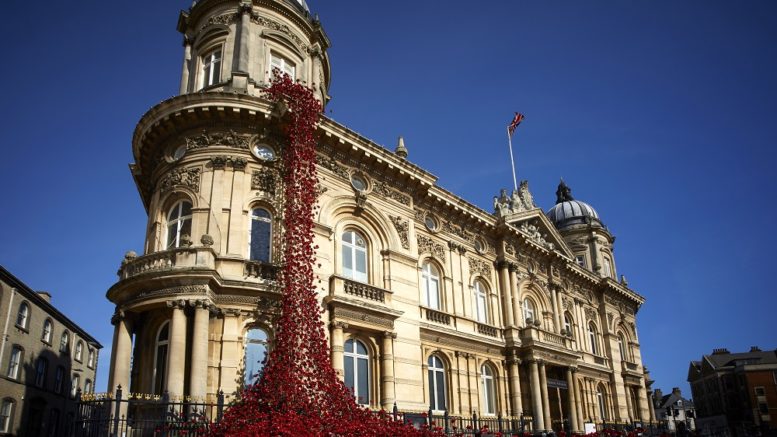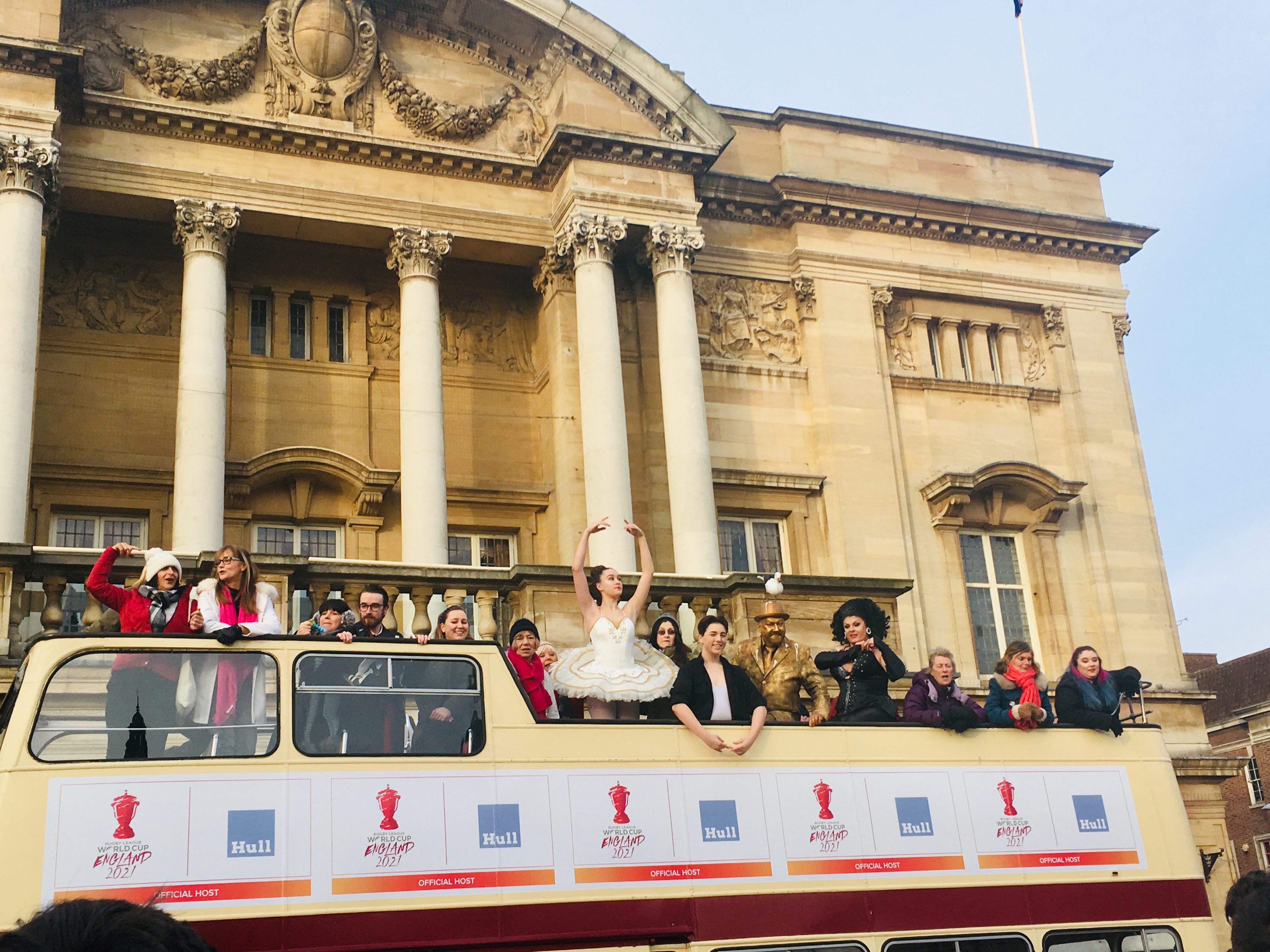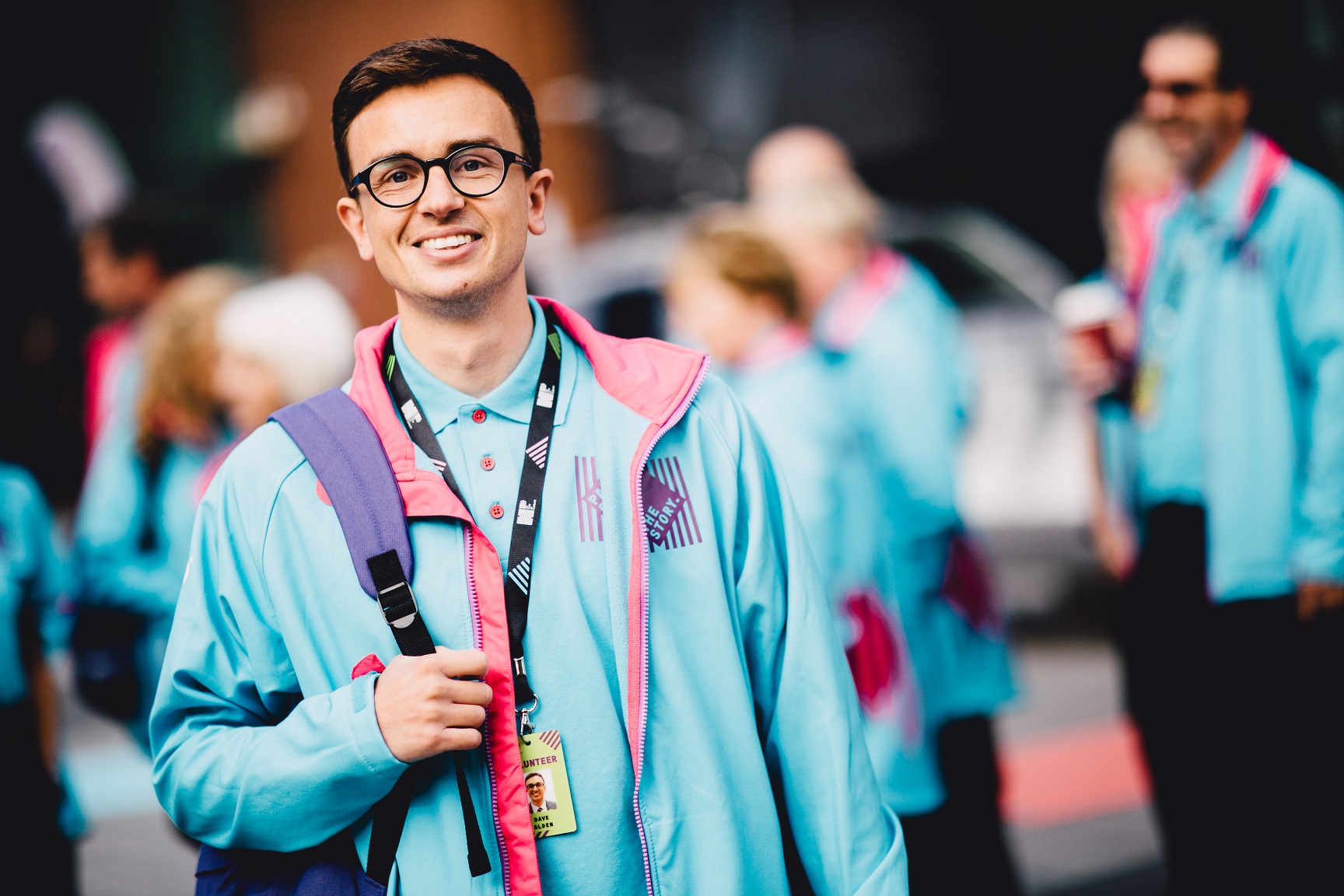It was one of the most memorable highlights in a year filled with breath-taking moments in 2017, and now figures have revealed the incredible impact of the Weeping Window installation.
In 2017 the installation, which featured thousands of ceramic poppies honouring those that lost their lives during the First World War, toured the UK, with Hull attracting more visitors than anywhere else in the country.
More than 700,000 people visited Weeping Window, which was installed outside Hull’s Maritime Museum in Queen Victoria Square.
Weeping Window was part of the poppy installation Blood Swept Lands and Seas of Red, which was created to mark the centenary the First World War and was originally displayed outside the Tower of London.
Marjorie Brabazon, chair of Hull Culture and Leisure, said: “The Weeping Window installation was one of the most memorable moments from a year packed with highlights in 2017.
“The amazing engagement shows how art encouraged people to reflect on the incredible sacrifice of those that gave their lives to defend our country and freedom during the First World War.
“Credit to everyone involved at Hull Culture and Leisure, in particular those at the Maritime Museum, who were involved in bringing the fantastic installation to Hull.”
The figures from 14-18 Now, the arts organisation set up to commemorate the centenary, show that 181,000 visitors came to the city centre solely to see the installation.
During the Weeping Window exhibition, there were 65,000 more visits to the Maritime Museum than for the same period the previous year. 55% of these visitors had never visited the museum before.
The report from 14-18 Now also shows that Hull drew a younger and more diverse audience than anywhere else in the county.




